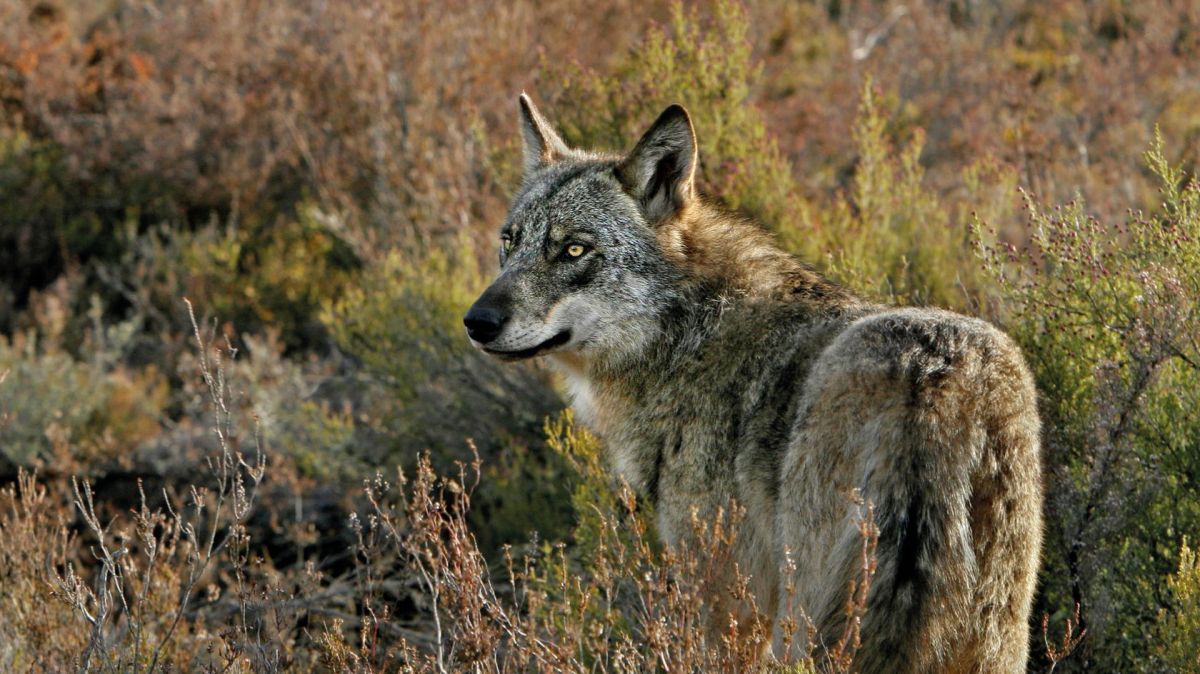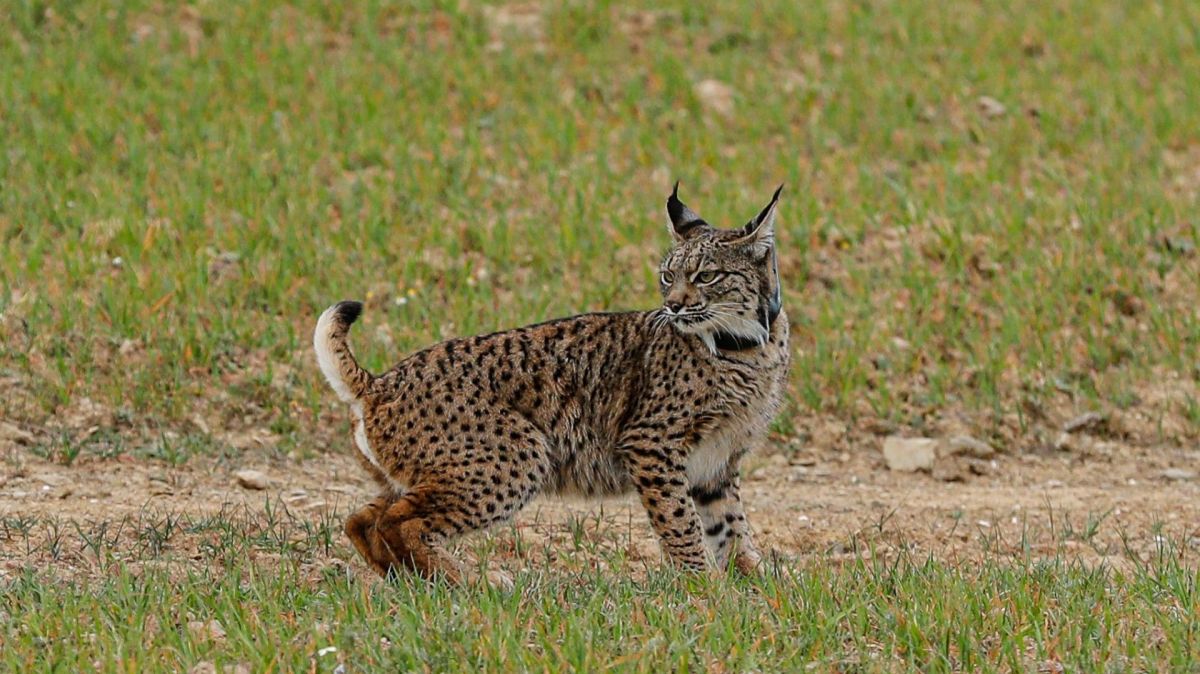According to the census results, the number of Iberian lynx increased from 2,021 in 2023 to 2,401 in 2024, the year in which 844 new animals were born.
The 2024 census identified 1,557 adult lynx, of which 470 were breeding females, 64 more than in 2023.
The people responsible and scientists of the LIFE LynxConnect project, for the recovery of the Iberian lynx, which was on the brink of extinction at the beginning of this century, consider that to achieve a "favourable conservation status" it will be necessary to reach between 4,500 and 6,000 individuals, with at least 1,100 breeding females.
Iberian lynx conservation projects, mostly funded by European LIFE programs, have been running for over 20 years and the total number of animals has increased from less than 100 in 2002 to more than 2,000 in 2023. In 2024, the species was no longer classified as "at risk" but as "vulnerable" on the Red List drawn up by the International Union for Conservation of Nature (IUCN).
The census figures released today confirm "a positive and continuous demographic trend over the last 20 years of monitoring and actions aimed at reducing the risk of extinction" of the Iberian lynx, highlighted the Ministry for Ecological Transition and Demographic Challenge (MITECO) of the Government of Spain, in a statement.
In 2024, 2,047 lynxes were identified in Spain and 354 in Portugal, in the Guadiana Valley (there were 291 in the previous census).
In addition to this population in Portugal, there are others in the Spanish regions of Castile-La Mancha (942 lynxes), Andalusia (836), Extremadura (254) and Murcia (15), some of which already have interconnection centers between them.
"The lynx population continues to expand, both numerically and territorially. There are now 17 different geographic areas in which the species reproduces. The population trend has been positive and continuous since 2015, which allows us to consolidate the reduction in the risk of extinction of the Iberian lynx," reads the same statement from MITECO today.
The Spanish ministry highlighted the "even more notable" evolution in recent years, since 2020, when 1,111 animals were identified.
Despite the "good results" of the Iberian lynx recovery project, which "is becoming one of the best examples of success of a conservation program for endangered species", "there are still several challenges that need to be faced to ensure" that the risk of extinction is eliminated, MITECO highlighted.
The Iberian lynx recovery and conservation project involved, in its first phase, breeding animals in captivity, with the first being released into the wild in 2011.
Since then and until 2014, 403 animals born in captivity were released.
The Iberian lynx recovery and conservation project involves several public and private entities in Portugal and Spain.
In Portugal, coordination is the responsibility of the Institute for Nature Conservation and Forests (ICNF).













Lots of data from Spain is quoted, but F-all from Portugal.
PT politicians are focussed on today and tomorrow to save their positions, but have little to offer on the importance of biodiversity and its importance to farmers and agricultural balance and production.
By Tony Williams from Other on 25 May 2025, 18:36